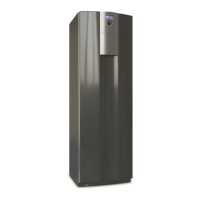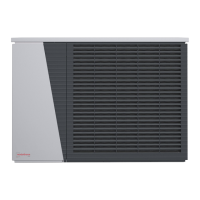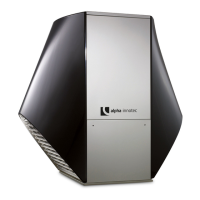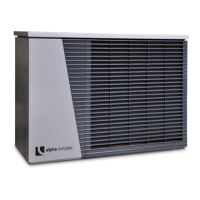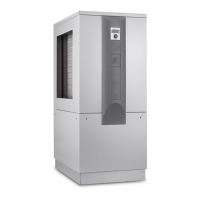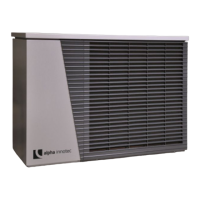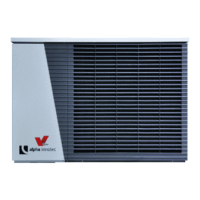Advantages of low-salt operation:
● Low corrosion-promoting properties
● No formation of mineral scale
● Ideal for closed heating circuits
● ideal pH value due to self-alkalinisation after lling
the system
● If necessary, simple alkalinisation to pH value 8.2
by adding chemicals
7.3 Fill,ushandventheatsource
Water and the following antifreeze products are
approvedforllingthebrinecircuit:
● Monopropylene glycol
● Monoethylene glycol
● Ethanol
● Methanol
► For operation of the heat source with water or
water-antifreeze mixture, ensure that the water
fulls the quality specications of the heating
water side.
► Checkthatfrostprotectionto–13°Cisensured.
► Ensure that the antifreeze is compatible with the
pipe, seal and other component materials used on
site.
Drain pipe of the safety valve is connected.
Room is ventilated.
1. Flush heat source system.
2. Mix antifreeze with water thoroughly with the
required ratio, before adding to the heat source.
3. Check the concentration of the water-antifreeze
mixture. Frost protection: –13 °C
4. Fill the heat source with the water-antifreeze
mixture.
5. Flush until the system is air-free.
7.4 Vent the circulation pump
of the heat source
NOTE
The diagram shows the unit variant with
cooling. In the unit variant without cooling the
circulation pump is located in the same place.
1. Place vessel for collecting discharging liquid
under the outlet.
2. Undo screw-on cap in the middle of the circulation
pump.
3. Wait until liquid is discharged uniformly.
4. Screwthecapbackontightly.
5. Unscrew the front panel of the module box.
6. Dispose of collected liquid according to the local
regulations.
7. Set system pressure to 1 bar.
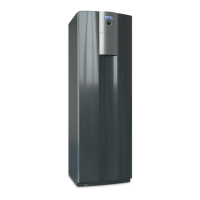
